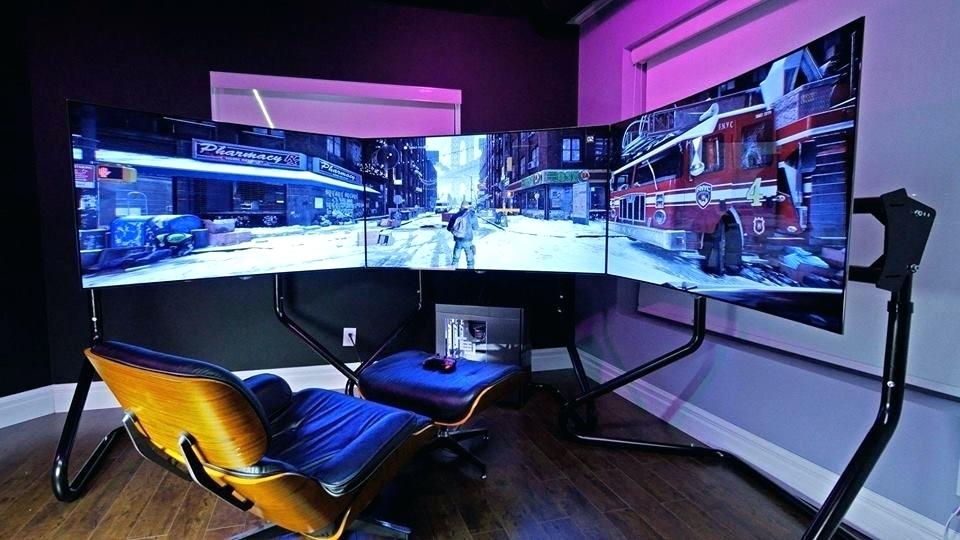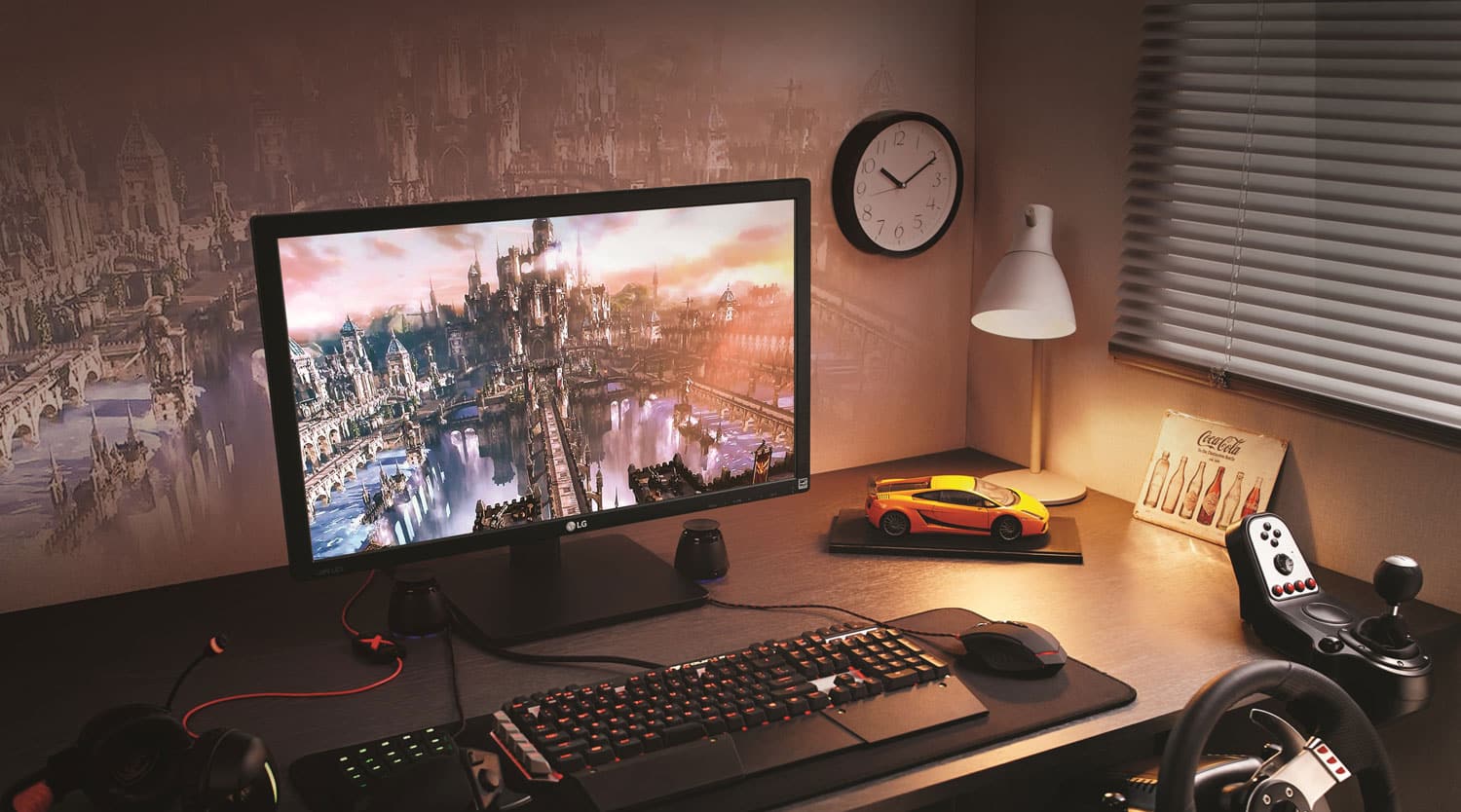When you are looking to replace or buy a new monitor, you should be prepaid to go through the dreaded search. Finding the perfect one can become a nightmare. You should be prepared to research about the different factors and features if you have no idea of what is available and how it’s of benefit to you.
There is plenty of information on the internet, which can become exhausting to keep track of. It is inconceivable to read and understand some of the technical terms used. The search can become overwhelming, generally leaving you confused. Fortunately, there are many sites, whose guides are easy to comprehend and understand. It is well researched and written and contains the essential features that you should consider. Here are some of the things to look at if you want a monitor suitable for you.
IMAGE: PIXABAY
1. Screen Size – Ranging From 24 Up To 42 Inch
Choosing the size of your screen is dependent on personal preference. It is important to note that the size of the screen affects its price incrementally. You should first consider something that fits on your work surface. It is advisable to look for larger screen sizes: they influence productivity, especially if you do a lot of work on your computer.
It is also better if you plan to use it for purposes such as video and photography editing, video games, graphics designing, and watching. Screens between 24-30 inches are the most popular. They are also affordable to most people. A 34-inch screen may be too much and may end up occupying an ample space of your work area.
2. Resolution – Full-HD / WQHD / 4K-UHD
Screen resolution determines how sharp your pictures look. The resolution is a representation of the total number of pixels displayed. The standard resolution is the 1080p (1920*1080 pixels). It is common in most LCDs and is available in almost any size of the screen.
It is available in most monitors and is affordable. There are screens with higher resolutions, which need you to dig deep into your pockets. The 1920*1200-pixel resolution is standard for business monitors. The 4K (3808*2160 pixels) resolution is more detailed and four times clearer than the 1080p. It has a great looking display making it the most expensive.
3. Screen Type
There are three types of screen types. The cathode ray tube monitors, better known as CRT, are the oldest design. They are heavy, bulky, and expensive to replace, so most people are avoiding them today.
The liquid crystal display or LCD monitors have advanced technology. They show images that are not geometrically transmitted. Their disadvantage is that they are expensive, and their image quality is not constant.
The light emitting diodes or LED monitors are the latest models. They used less power and show images with higher contrast. They have a curved display, which makes them expensive, especially the high-end models.
4. Panel Type – IPS / TN / VA
Panel types determine the viewing angles and color. The two predominant types of panel are TN (twisted nematic) and the IPS (in-plane switching). The TN is the most common, and its displays offer good pictures and the fastest response time. They are also cheaper hence found in more affordable monitors.
Its downside is that it produces colors that look faded, and its viewing angles are poor. The IPS has a better color display, and the viewing angles are great as well. These features make them quite expensive.
They have a slow response time making them a poor choice for video games purposes. Another type is the VA (vertical alignment). This design combines the best features of TN and IPS. That is the fast response time, great viewing angles, and quality color display.
5. Refresh Rate – From 60 Hz Up To 240 HZ
This term means the frequency of motion on the screen. It describes how frequent the screen refreshes the image on the screen. It is expressed in Hertz. Your intended use determines the choice of refresh rate.
For gaming purposes, you should consider higher refresh rates like 120-240 hertz. This capacity will ensure smoother motions for the animations in the game. The standard value is 60 hertz for simple uses. You can choose a higher rate if you wish.
6. Contrast Ratio
This phrase indicates the difference between how dark and bright a screen can get, or the subtlety of the color displayed. The higher the two differences or contrast; the better the color differentiation.
The recommended contrast ratio is 350:1. It is difficult to quantify the contrast ratio. You can hardly tell the difference when you look at the monitors. The manufacturers will always specify the contrast ratio.
You can use these to compare and choose one that best suits your needs. Advanced technology such as Dynamic Contrast Ratio can boost contrast ratio, even though it seems like more a marketing gag.
7. Other Features
Other components are also necessary to consider. The ports should be compatible with your other hardware. The standard ports such as HDMI, Display Port, USB ports, adapters, and many other varied connections should be available.
The brightness of the computer should be adjustable. One with a more significant difference in brightness is the best. Those with higher illumination will work best for gamers, graphic designers, and photographers. Integrated speakers and cameras will also be great features to have.
Final Words
Monitor manufacturers now pay attention to detail when developing them. There’s a large pool of monitors, and if you know what to look for, you will find the best ones for your varying needs.
If you are interested in even more technology-related articles and information from us here at Bit Rebels, then we have a lot to choose from.


COMMENTS